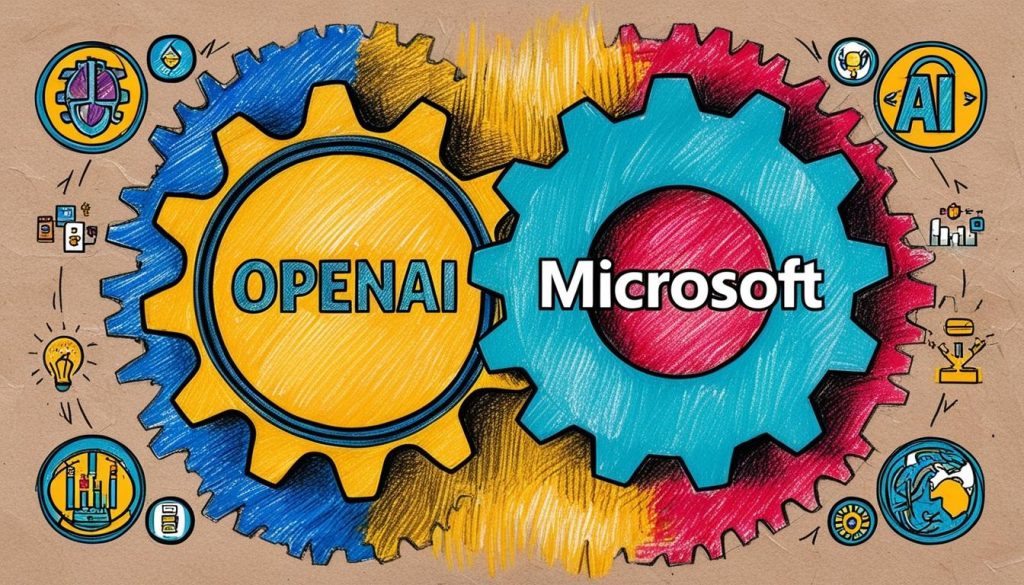As OpenAI seeks to shift towards a for-profit model, its evolving relationship with Microsoft faces challenges that could reshape the future of AI collaboration.
In a complex and evolving partnership, OpenAI and Microsoft are currently involved in negotiations that may redefine their strategic relationship. The two organisations, which have been collaborating on AI development, are navigating the challenges posed by OpenAI’s unique operational structure and ambitions for the future.
OpenAI’s origins trace back to 2015 as a nonprofit, with a mission to advance digital intelligence in a way that benefits humanity. However, the organisation transitioned into a “capped profit” entity, a move dictated by the increasing costs associated with AI research and development that exceeded the capacity of traditional nonprofit funding. To support its extensive AI projects, OpenAI secured substantial investments, notably from technology giant Microsoft, which has committed nearly $14 billion.
In recent developments, OpenAI is in the process of raising another round of funding, aiming for a valuation of over $150 billion, and has indicated a potential shift to a for-profit structure within two years. This transition is pivotal for investors, who have been assured a return on their investment should OpenAI revert to its proposed new structure.
The intricate relationship between Microsoft and OpenAI is mired in complexities, accentuated by their negotiation to adapt the current investment into equity within a for-profit framework. Both companies have engaged investment banks to assist with these high-stakes discussions. This step is indicative of a lack of comprehensive prior agreements covering the present scale of their collaboration.
Tensions between the two entities seem to have emerged over the past year, with Microsoft expressing concerns over an over-reliance on OpenAI for its AI initiatives. The strain in the relationship has reportedly arisen as OpenAI seeks to renegotiate terms to acquire more computing resources and alleviate rising expenses. Furthermore, Microsoft’s internal dynamics were shaken by the dismissal of OpenAI’s CEO, Sam Altman, in November, which deeply unsettled Microsoft’s CEO, Satya Nadella, according to insider reports.
Interestingly, a significant contract between the two organisations contains a clause regarding the development of artificial general intelligence (AGI). The clause stipulates that if OpenAI achieves this level of AI, Microsoft would lose access to OpenAI’s technologies. This provision was initially intended to prevent potential misuse of future AI advancements by Microsoft. However, OpenAI seemingly perceives it as leverage for renegotiating a more favourable contractual agreement.
The dialogue around AGI remains a contentious topic within AI research, with disagreements over its definition and how to measure a machine’s capabilities relative to the human brain. For Microsoft, the inclusion of the AGI clause could suggest a belief either in its low risk or in the dependability of OpenAI’s non-profit administration to manage technology without compromising Microsoft’s investments.
As OpenAI aims to diversify its financial backing and computing power, Microsoft appears to be safeguarding its interests by recruiting personnel from OpenAI’s competitors. This strategic move hints at preparations for a scenario where Microsoft’s preferential access to OpenAI’s technological innovations is no longer guaranteed.
In summary, OpenAI and Microsoft are at a crucial juncture in their partnership, with both organisations making strategic adjustments to align with their growth ambitions and technological objectives. The outcomes of these negotiations could significantly influence the landscape of artificial intelligence development and the dynamics of major corporate collaborations within this rapidly advancing field.
Source: Noah Wire Services


